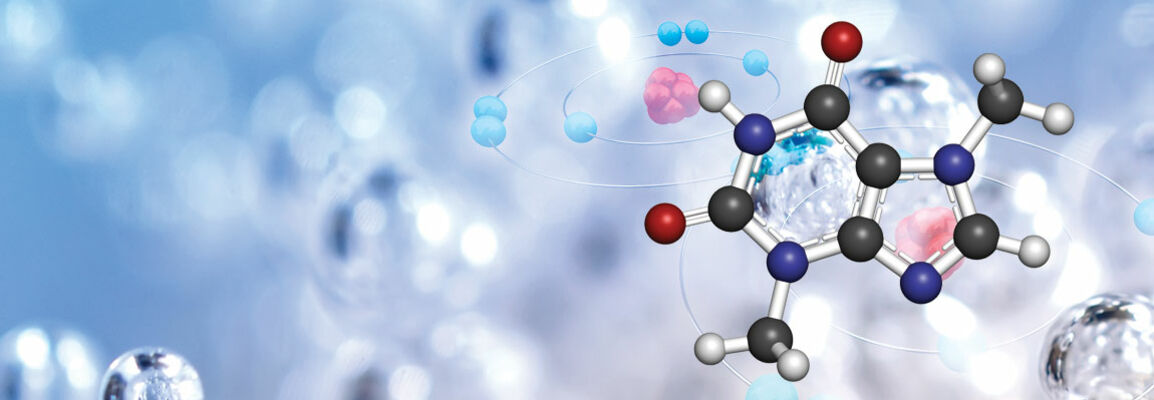

In-Situ Electrochemical EPR for Real-Time Measurements of Radical Ions
Electron paramagnetic resonance (EPR) is a powerful technique for the study of systems with paramagnetic centers such as transition metals, organic radical ions and is among the most important tools for studying transient radical-pairs in photoexcited systems. Time-resolved EPR (TR EPR) methods have been extensively used to monitor the primary photochemistry in RCs of purple photosynthetic bacteria and photosystems I and II of higher plants and in artificial analogs. In these experiments EPR signals of the transient charge separated states, of D●+ A●-, are observed.
This increase in understanding redox processes and various complex reactions in all kind of chemical and biochemical systems associated with paramagnetic intermediates has been strongly promoted by the application of in-situ spectroelectrochemical techniques. Due to its high sensitivity towards paramagnetic species, EPR can provide key information about radical species generated or consumed during electrode reaction. Thus, EPR complement electrochemical data from other techniques by directly identifying radical species, confirming reaction mechanisms and revealing more subtle interaction for example, between the radical and its environment. As such, EPR has not only provided a wealth of information to electrochemist but EPR spectroscopist have also found that in-situ electrochemical EPR is a feasible option to standard optical study of electrochemistry.
Currently, most studies of the paramagnetic intermediates in electron transfer reactions are done by generating them chemically ex-situ, followed by a transfer to the spectroscopic cell. In most cases those paramagnetic intermediates are not long lived and need an oxygen free environment, in addition chemical generation of these radical ion intermediates is not accurate as electrochemical one and can also generate by-products as well. All this makes the current working procedure complicated and a bit tricky for generating the studied samples and transferring them from the synthesis lab to the spectrometer.
Speaker
Dr. Raanan Carmieli
Department of Chemical research Support, Weizmann Institute of Science, Rehovot 76100, Israel
Associate staff scientist at the Weizmann Institute of Science, faculty of chemistry, Rehovot, Israel. Head of the EPR lab at the department of chemical research support (2013-Present). Assistant research professor at Northwestern University Department of Chemistry and the Argonne-Northwestern Solar Energy Research (ANSER) Center, Evanston, IL, USA. The work was focused on instrumentation and methodology development in magnetic resonance for the study of photoexcited systems (2010-2013). Post-Doctoral Fellow at Northwestern University, Department of Chemistry, Evanston, IL, USA. Host: Prof. Michael R. Wasielewski. Studying charge transfer in donor-bridge-acceptor systems (2006-2010). InSight Biopharmaceuticals Ltd. R&D Project leader. Rabin Science Park, Rehovot, Israel (2005-2006)
Ph. D. program at the Chemical Physics department Weizmann Institute of Science, Rehovot, Israel under supervision of Prof. Daniella Goldfarb. Thesis Subject: Investigation of transition metal sites in Metalloproteins, and peptide membrane interaction using advanced EPR and ENDOR Techniques (2000-2005). M. Sc. program at the Chemical Physics department Weizmann Institute of Science, Rehovot, Israel under supervision of Prof. Daniella Goldfarb. Thesis Subject: Investigation of Mn(II) metal sites in Concanavalin A by W-band Pulsed EPR and ENDOR techniques (1998-200). B. Sc. In Biophysics, Faculty of Exact Sciences, Bar-Ilan University, Israel (1994-1997).